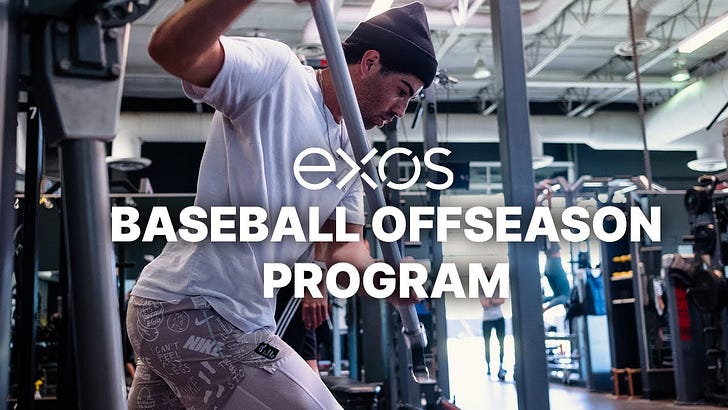It’s the middle of January. We’re less than a month from spring training. Do you know where your star pitcher’s ramp is?
It should be done in a dark John Walsh-style voice, but for pitching coaches and player development staff all around the league, it’s a real question and a real problem. It’s not that they need to be watching over their shoulder, or that the guys waiting for a contract like Blake Snell and Jordan Montgomery aren’t going to gear up for the season normally, but it’s still a bit unusual to go this late without having some touch on what will end up a key part of the rotation that gets them.
Part of this is that the paternalism and even plantation mentality that went throughout baseball is largely gone now. Almost every player is working out on their own, with their own trainer. Facilities like EXOS, Driveline, KP, and even the Boras Institute can do exactly what teams do and more. While teams will always want some touch there, players have taken control and often with better results.
For pitchers, they’re likely six weeks into their ramp, on individualized programs. Most won’t keep the deep data that would allow for real workload monitoring, it’s better than the old style where guys just … threw. Worse, there was utterly nothing to base it on, aside from some inherited wisdom that wasn’t that wise. Build ups were three innings, then four, then five. Guys weren’t overworked in spring training because there were so many guys who needed work. Believe me, workload was barely considered well into the 2000’s. Pitcher Abuse Points was invented in the late 90’s because, well, pitchers were being abused. No one blinked at the name.
(Fun fact: Mark Fidrych had 24 complete games in his rookie season. Clayton Kershaw has 25 in his 16-season career.)




